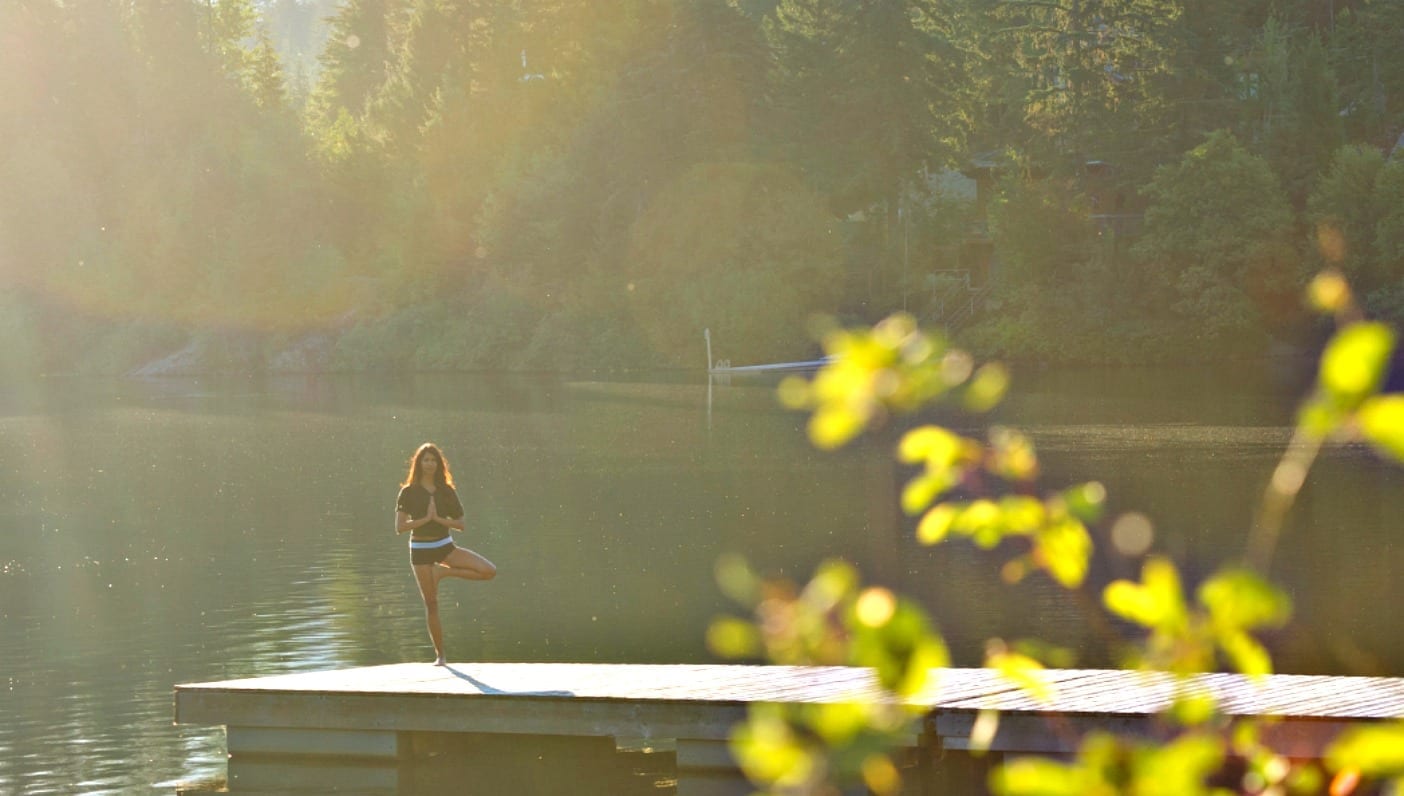
This is part three of a four-part series running across wanderlust.com and YOGANONYMOUS about the different stages of creativity.
If inspiration is the seed of a creative project, and motivation the rain and the sun that sparks its growth, then intention is where we can become the masters of our imagination. It’s where we can inspect and observe our project under the microscope of self-reflection and self-knowing to see the DNA of our creative work. In setting intentions, we’re choosing what we want to encode into the genetic fabric of our creations, for ourselves, and for others.
Intention is the stage of the creative process where we pause and go deep into our mind and heart to open up a conversation between the two: What am I trying to say here? What is my impassioned message to convey? You’ll explore what you want the viewer or reader to take away from your work, and which pieces of your heart and mind will go into it. Question why you are doing this, and what for. The more honest answers you can come up with, the richer and more powerful your art will become.
For this reason, intention sits at the heart chakra, symbolically the center point between me and you, inner and outer, reality and possibility—and the midpoint between the body and the spirit. Therefore, the heart of inspiration lies in the power of balance and equanimity: loving ourselves without being self-important, being compassionate without giving away our time and vision, and learning how to be even-handed in success and in failure.
The enemies of one’s intentions are peer pressure, conformity, and the fear of being rejected or disliked. These are some of the biggest creative dams out there, and they revolve around how and where we build and support our sense of self-worth. Can we forgive ourselves in times of self-pity; for not creating, not trusting, and not self-motivating? Can we forgive others for hurting our artist-selves, for bursting our precious bubbles of creative vision, or for trying to change us? We must find balance in our hearts to accept the consequences of expressing our true selves.
In terms of our yoga practice, a little symbolism goes a long way. To many cultures, trees represent the bridge between heaven and Earth, just as the heart represents the bridge between body and spirit. Practicing Vrksasana (tree pose) can not only teach us physical balance, but also provide an opportunity to notice the self-talk and emotions that come up when we struggle with, achieve, or fail at balance. It’s a chance to cultivate equanimity and self-love.
If you can, go out into nature to practice tree pose. Begin with a few slow, grounding breaths and close your eyes so you can pay attention to feeling your feet connect to the Earth. Soften and relax the soles of your feet and picture sending roots down into the soil. Feel your torso long and strong like a tree trunk, and notice the crown of your head lift towards the sky. Open your eyes and shift your weight onto one foot, placing the sole of the lifted foot either on the inside of your ankle, calf, or thigh above the knee. Gently press your foot and leg together to establish balance. Get creative with your arms—they can rest at your heart in prayer position, or extend like leaves toward the sun.
Find inspiration for your pose from nature and the trees you see around you—notice how they bend and sway to adapt to the wind and their environment. Give yourself permission to do the same. Now, as you hold the pose, notice your inner dialogue: What voice arises when you lose your balance? How tense or relaxed are you? Do you laugh or get angry when you fall over? If you were a tree, what kind would you be?
By honing your physical balance you’ll uncover clarity as to where you struggle for personal balance in your life. How does your experience in tree pose speak to your creative practice and your relationship with yourself and others directly or indirectly involved with your work? What lessons can you learn about how you show up in your creative life from this simple practice?
Parts of this piece were originally published here by our friends at Elephant Journal.
Photo via iStock
Video courtesy of Mara Raye Munro
—
 Mara Raye Munro is the Founder of Yoga for Creativity, author of Leaving Pompeii and Yoga for Creativity (forthcoming), and a contributing writer to the recent Wanderlust book. An explorer of inner and outer landscapes, her passion is to dig for buried treasures that are the rituals and knowledge of ancient cultures to share them with the modern world. She works with groups and individual artists to help them find holistic personal health and creative abundance through their yoga practice. Follow her journey on Facebook, Twitter, and Instagram.
Mara Raye Munro is the Founder of Yoga for Creativity, author of Leaving Pompeii and Yoga for Creativity (forthcoming), and a contributing writer to the recent Wanderlust book. An explorer of inner and outer landscapes, her passion is to dig for buried treasures that are the rituals and knowledge of ancient cultures to share them with the modern world. She works with groups and individual artists to help them find holistic personal health and creative abundance through their yoga practice. Follow her journey on Facebook, Twitter, and Instagram.